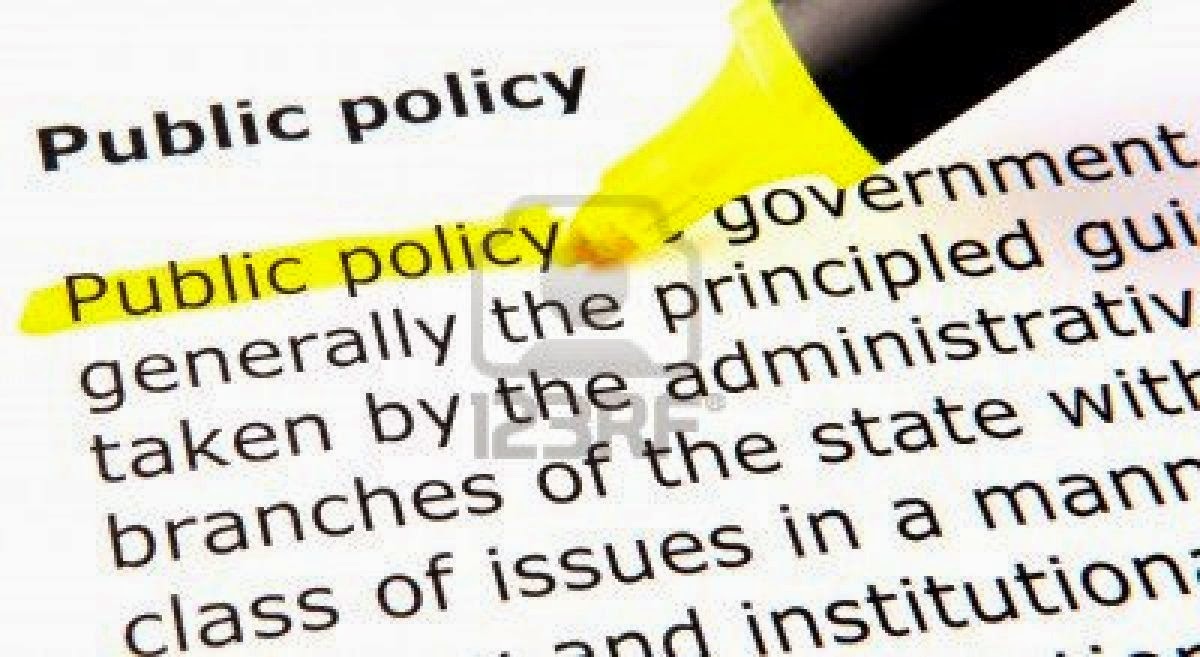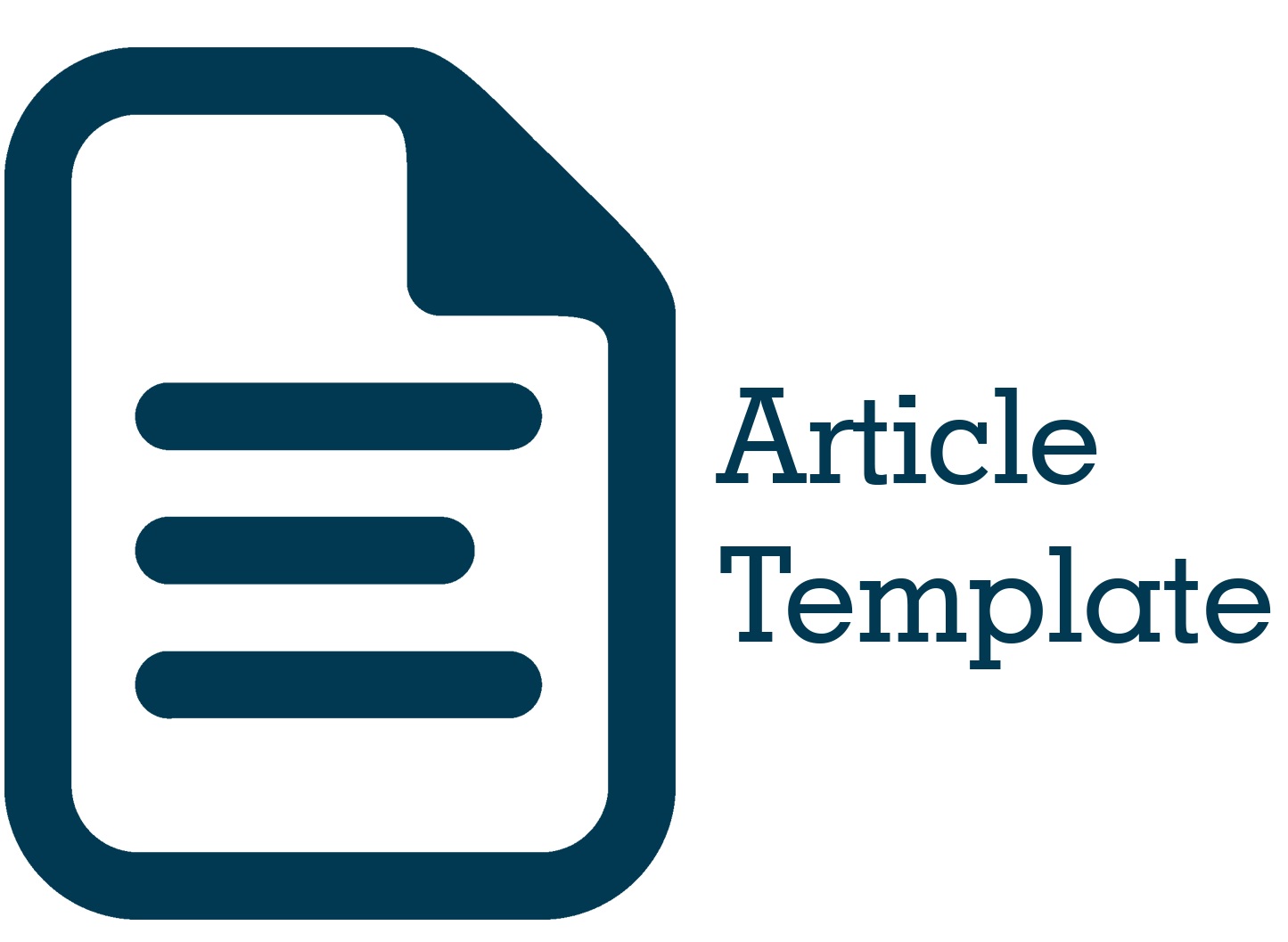Creativity as a Bridge: How Narcissism Affects Lecturer Performance
DOI:
https://doi.org/10.51135/PublicPolicy.v6.i2.p254-270Keywords:
Narcissim, Creativity, Performance, LectureAbstract
This study examines how narcisim influences job performance through creativity as a mediator. A survey of 96 lecturers in Indonesian universities used established measures for narcisim, creativity, and job performance. Statistical analyses assessed validity, reliability, and a mediation model to understand the impact of narcisim on performance through creativity. Findings: Narcissistic traits lowered creativity, which reduced job performance. However, fostering creativity can mitigate some of these negative effects, highlighting its importance for improving lecturer performance. Practical Implications: To manage the impact of narcissism on lecturer performance, organizations should focus on fostering creativity through training programs, innovation-supportive policies, and selection and evaluation processes that emphasize creativity. Additionally, psychological support for lecturers with high levels of narcissism can help mitigate negative effects and enhance overall performance. Originality: The study provides new insights for developing strategies that can enhance lecturer performance through the management of narcissistic traits and the promotion of creativity.
Downloads
References
Ackerman, R. A., Witt, E. A., Donnellan, M. B., Trzesniewski, K. H., Robins, R. W., & Kashy, D. A. (2011). What does the Narcissistic Personality Inventory Really Measure? Assessment, 18(1), 67-87. https://doi.org/10.1177/1073191110382845
Alam, M. Z. (2025). Freedom Fuels Innovation: Activating Personality through Trait Activation using Blessings of Goal-Setting Freedom for Intrapreneurial Behaviour. International Journal of Innovation Science. Vol. ahead-of-print No. ahead-of-print. https://doi.org/10.1108/ijis-09-2024-0259
Almatrooshi, B., Singh, S. K., & Farouk, S. (2016). Determinants of Organizational Performance: a Proposed Framework. International Journal of Productivity and Performance Management, 65(6), 844-859. http://dx.doi.org/10.1108/IJPPM-02-2016-0038
Amabile, T. M. (1996). Creativity and Innovation in Organizations (Vol. 5). Harvard Business School Boston.
Amabile, T. M., & Pratt, M. G. (2016). The Dynamic Componential Model of Creativity and Innovation in Organizations: Making Progress, Making Meaning. Research in Organizational Behavior, 36, 157-183. https://doi.org/10.1016/j.riob.2016.10.001
Bakker, A. B., & Demerouti, E. (2007). The Job Demands‐Resources Model: State of the Art. Journal of Managerial Psychology, 22(3), 309-328. https://doi.org/10.1108/02683940710733115
Barry, C. T., Grafeman, S. J., Adler, K. K., & Pickard, J. D. (2007). The Relations among Narcissism, Self-Esteem, and Delinquency in a Sample of at-Risk Adolescents. Journal of Adolescence, 30(6), 933-942. https://doi.org/10.1016/j.adolescence.2006.12.003
Baumeister, R. F., Heatherton, T. F., & Tice, D. M. (1993). When Ego Threats Lead to Self-Regulation Failure: Negative Consequences of High Self-Esteem. Journal of Personality and Social Psychology, 64(1), 141. https://doi.org/10.1037//0022-3514.64.1.141
Baumeister, R. F., & Vohs, K. D. (2007). Self‐Regulation, Ego Depletion, and Motivation. Social and Personality Psychology Compass, 1(1), 115-128. https://psycnet.apa.org/doi/10.1111/j.1751-9004.2007.00001.x
Bogart, L. M., Benotsch, E. G., & Pavlovic, J. D. P. (2004). Feeling Superior but Threatened: The Relation of Narcissism to Social Comparison. Basic and Applied Social Psychology, 26(1), 35-44. https://psycnet.apa.org/doi/10.1207/s15324834basp2601_4
Braun, S. (2017). Leader Narcissism and Outcomes in Organizations: A Review at Multiple Levels of Analysis and Implications for Future Research. Frontiers in Psychology, 8, 260159. https://doi.org/10.3389/fpsyg.2017.00773
Braun, S., Aydin, N., Frey, D., & Peus, C. (2018). Leader Narcissism Predicts Malicious Envy and Supervisor-Targeted Counterproductive Work Behavior: Evidence from Field and Experimental Research. Journal of Business Ethics, 151, 725-741. https://doi.org/10.3389/fpsyg.2017.00773
Brunell, A. B., & Buelow, M. T. (2017). Narcissism and Performance on Behavioral Decision‐Making Tasks. Journal of Behavioral Decision Making, 30(1), 3-14. https://doi.org/10.1002/bdm.1900
Bush-Evans, R. (2020). There’s no I in team but there is a me: the Influence of Narcissism on Team Processes and Organisational Outcomes University of Southampton].
Chatterjee, A., & Hambrick, D. C. (2007). It's all about me: Narcissistic Chief Executive Officers and their Effects on Company Strategy and Performance. Administrative Science Quarterly, 52(3), 351-386. https://doi.org/10.2189/asqu.52.3.351
Credo, K. R., Lanier, P. A., Matherne III, C. F., & Cox, S. S. (2016). Narcissism and Entitlement in Millennials: The Mediating Influence of Community Service Self Efficacy on Engagement. Personality and Individual Differences, 101, 192-195. https://doi.org/10.1016/j.paid.2016.05.370
Czarna, A., & Nevicka, B. (2019). Narcissism and Leadership. http://dx.doi.org/10.1007/978-3-319-28099-8_2334-1
Dillman, D. A., Smyth, J. D., & Christian, L. M. (2016). Internet, Phone, Mail and Mixed-Mode Surveys: the Tailored Design Method. Reis, 154, 161-176. https://reis.cis.es/index.php/reis/article/view/1062
Edershile, E. A., & Wright, A. G. (2022). Narcissism Dynamics. Social and Personality Psychology Compass, 16(1), e12649. https://doi.org/10.1111/spc3.12649
Eissa, G., Chinchanachokchai, S., & Wyland, R. (2017). The Influence of Supervisor Undermining on Self-Esteem, Creativity, and Overall Job Performance: A Multiple Mediation Model. Organization Management Journal, 14(4), 185-197. https://doi.org/10.1080/15416518.2017.1382321
Eschleman, K. J., Madsen, J., Alarcon, G., & Barelka, A. (2014). Benefiting from Creative Activity: The Positive Relationships between Creative Activity, Recovery Experiences, and Performance‐Related Outcomes. Journal of Occupational and Organizational Psychology, 87(3), 579-598. https://doi.org/10.1111/joop.12064
Etikan, I., Musa, S. A., & Alkassim, R. S. (2016). Comparison of Convenience Sampling and Purposive Sampling. American Journal of Theoretical and Applied Statistics, 5(1), 1-4. http://dx.doi.org/10.11648/j.ajtas.20160501.11
Fornell, C., & Larcker, D. F. (1981). Evaluating Structural Equation Models with Unobservable Variables and Measurement Error. Journal of Marketing Research, 18(1), 39-50. https://doi.org/10.2307/3151312
Galvin, B. M., Waldman, D. A., & Balthazard, P. (2010). Visionary Communication Qualities as Mediators of the Relationship between Narcissism and Attributions of Leader Charisma. Personnel Psychology, 63(3), 509-537. https://psycnet.apa.org/doi/10.1111/j.1744-6570.2010.01179.x
Gentile, B., Miller, J. D., Hoffman, B. J., Reidy, D. E., Zeichner, A., & Campbell, W. K. (2013). A Test of Two Brief Measures of Grandiose Narcissism: The Narcissistic Personality Inventory–13 and the Narcissistic Personality Inventory-16. Psychological Assessment, 25(4), 1120. https://doi.org/10.1037/a0033192
Giambatista, R. C., Hoover, J. D., & Tribble, L. (2017). Millennials, Learning, and Development: Managing Complexity Avoidance and Narcissism. The Psychologist-Manager Journal, 20(3), 176. http://dx.doi.org/10.1037/mgr0000056
Goleman, D. (1995). Emotional Intelligence Bantam Books. New York.
Goncalo, J. A., & Staw, B. M. (2006). Individualism Collectivism and Group Creativity. Organizational Behavior and Human Decision Processes, 100(1), 96-109. https://doi.org/10.1016/j.obhdp.2005.11.003
Grijalva, E., & Harms, P. D. (2014). Narcissism: An Integrative Synthesis and Dominance Complementarity Model. Academy of Management Perspectives, 28(2), 108-127. https://psycnet.apa.org/doi/10.5465/amp.2012.0048
Grijalva, E., Harms, P. D., Newman, D. A., Gaddis, B. H., & Fraley, R. C. (2015). Narcissism and Leadership: A Meta‐Analytic Review of Linear and Nonlinear Relationships. Personnel Psychology, 68(1), 1-47. http://dx.doi.org/10.1111/peps.12072
Grijalva, E., & Newman, D. A. (2015). Narcissism and Counterproductive Work Behavior (CWB): Meta‐Analysis and Consideration of Collectivist Culture, Big Five Personality, and Narcissism's Facet Structure. Applied Psychology, 64(1), 93-126. https://doi.org/10.1111/apps.12025
Henseler, J., Ringle, C. M., & Sarstedt, M. (2015). A New Criterion for Assessing Discriminant Validity in Variance-Based Structural Equation Modeling. Journal of the Academy of Marketing Science, 43, 115-135. http://dx.doi.org/10.1007/s11747-014-0403-8
Hur, W.-M., Moon, T.-W., & Lee, J.-H. (2021). The Effect of Self-Efficacy on Job Performance through Creativity: the Moderating Roles of Customer Incivility and Service Scripts. Asia Pacific Journal of Marketing and Logistics, 33(3), 888-905. https://doi.org/10.1108/APJML-03-2019-0138
Ismail, H. N., Iqbal, A., & Nasr, L. (2019). Employee Engagement and Job Performance in Lebanon: the Mediating Role of Creativity. International Journal of Productivity and Performance Management, 68(3), 506-523. https://doi.org/10.1108/IJPPM-02-2018-0052
Jnaneswar, K., & Ranjit, G. (2022). Explicating Intrinsic Motivation's Impact on Job Performance: Employee Creativity as a Mediator. Journal of Strategy and Management, 15(4), 647-664. https://doi.org/10.1108/JSMA-04-2021-0091
Kram, K. E. (1988). Mentoring at Work: Developmental Relationships in Organizational Life. University Press of America.
Liu, X., Zhang, L., Gupta, A., Zheng, X., & Wu, C. (2022). Upper Echelons and Intra‐Organizational Learning: How Executive Narcissism Affects Knowledge Transfer among Business Units. Strategic Management Journal, 43(11), 2351-2381. https://doi.org/10.1002/smj.3406
Lubit, R. (2002). The Long-Term Organizational Impact of Destructively Narcissistic Managers. Academy of Management Perspectives, 16(1), 127-138. https://www.jstor.org/stable/4165819
Moulang, C. (2015). Performance Measurement System use in Generating Psychological Empowerment and Individual Creativity. Accounting & Finance, 55(2), 519-544. https://doi.org/10.1111/acfi.12059
Nurtjahjani, F., Batilmurik, R. W., Puspita, A. F., & Fanggidae, J. P. (2022). The Relationship between Transformational Leadership and Work Engagement. Moderated Mediation Roles of Psychological Ownership and Belief in just World. Organization Management Journal, 19(2), 47-59. https://doi.org/10.1108/OMJ-03-2021-1169
O'Reilly III, C. A., Doerr, B., & Chatman, J. A. (2018). “See You in Court”: How CEO Narcissism Increases Firms' Vulnerability to Lawsuits. The Leadership Quarterly, 29(3), 365-378. https://doi.org/10.1016/j.leaqua.2017.08.001
Ouimet, G. (2010). Dynamics of Narcissistic Leadership in Organizations: Towards an Integrated Research Model. Journal of Managerial Psychology, 25(7), 713-726. https://doi.org/10.1108/02683941011075265
Raskin, R., & Terry, H. (1988). A Principal-Components Analysis of the Narcissistic Personality Inventory and Further Evidence of its Construct Validity. Journal of Personality and Social Psychology, 54(5), 890. https://doi.org/10.1037//0022-3514.54.5.890
Ribeiro, N., Duarte, A. P., & Filipe, R. (2018). How Authentic Leadership Promotes Individual Performance: Mediating Role of Organizational Citizenship Behavior and Creativity. International Journal of Productivity and Performance Management, 67(9), 1585-1607. https://doi.org/10.1108/IJPPM-11-2017-0318
Sarstedt, M., Ringle, C. M., & Hair, J. F. (2021). Partial Least Squares Structural Equation Modeling. In Handbook of market research (pp. 587-632). Springer. http://dx.doi.org/10.1007/978-3-319-05542-8_15-2
Scholtz, S. E. (2021). Sacrifice is a Step Beyond Convenience: A Review of Convenience Sampling in Psychological Research in Africa. SA Journal of Industrial Psychology, 47(1), 1-12. http://dx.doi.org/10.4102/sajip.v47i0.1837
Sedikides, C., Rudich, E. A., Gregg, A. P., Kumashiro, M., & Rusbult, C. (2004). Are Normal Narcissists Psychologically Healthy?: Self-Esteem Matters. Journal of Personality and Social Psychology, 87(3), 400. https://doi.org/10.1037/0022-3514.87.3.400
Taber, K. S. (2018). The use of Cronbach’s Alpha when Developing and Reporting Research Instruments in Science Education. Research in Science Education, 48, 1273-1296. https://link.springer.com/article/10.1007/s11165-016-9602-2
Taboli, H., & Zaerizadeh, M. (2016). Examine the Effect of Individual Creativity on Job Performance with the Mediating Role of Ethical Leadership of Headquarters Staff of Hormozgan University of Medical Sciences. International Business Management, 10(8), 1427-1433. http://dx.doi.org/10.3923/ibm.2016.1427.1433
Tse, T. (2022). Work Faster, Harder, Cheaper? Global, Local and Sectoral co-Configurations of Job Insecurities among Hong Kong Creative Workers. Critical Sociology, 48(7-8), 1141-1167. https://doi.org/10.1177/08969205221087345
Vargo, E. J. (2023). Organizational Narcissism as an Adaptive Strategy in Contemporary Academia. Journal of Academic Ethics, 21(2), 293-302. http://dx.doi.org/10.1007/s10805-022-09456-2
Williams, L. J., & Anderson, S. E. (1991). Job Satisfaction and Organizational Commitment as Predictors of Organizational Citizenship and in-Role Behaviors. Journal of Management, 17(3), 601-617. https://doi.org/10.1177/014920639101700305
Zitek, E. M., & Jordan, A. H. (2016). Narcissism Predicts Support for Hierarchy (at Least when Narcissists think they can Rise to the Top). Social Psychological and Personality Science, 7(7), 707-716. http://dx.doi.org/10.1177/1948550616649241

Downloads
Published
How to Cite
Issue
Section
License
Copyright (c) 2025 author(s)

This work is licensed under a Creative Commons Attribution-ShareAlike 4.0 International License.
Authors whose manuscripts are published in the Journal of Public Policy must agree to the following terms;
- Publication rights for all manuscript materials published are held by the editorial board with the author's consent.
- The legal formalities for digital access to the Journal of Public Policy are subject to the Creative Commons Attribution Sharealike (CC BY SA) license, which means the Journal of Public Policy has the right to store, redistribute, reformat, manage in a database, maintain, and publish the manuscript without seeking permission from the author as long as the author's name is included as the copyright owner.
- Published manuscripts are open access for the purpose of disseminating research results. Besides this purpose, the editorial board is not responsible for copyright law violations.


.png)



